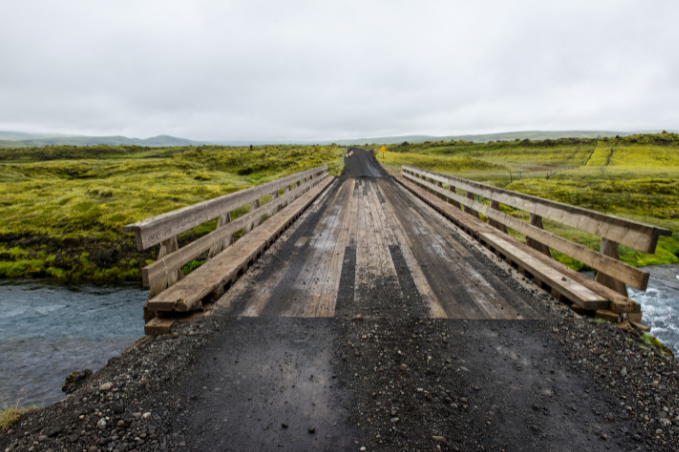Navigating Iceland's Roads: Safety Tips for Every Traveler
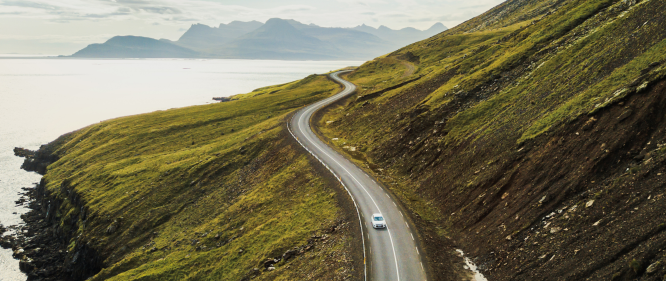
Many of you visiting Iceland's breathtaking landscapes will be exploring by car. The self drive option offers the freedom to reach remote locations and witness the stunning natural beauty at your own pace. However, driving in Iceland comes with its unique challenges. Here are some essential tips to help you stay safe while enjoying the adventure.
1. Familiarize Yourself with Icelandic Road Conditions
Iceland’s roads vary greatly, from paved highways to narrow gravel roads. Gravel roads are common in rural areas and can be tricky, especially for those not used to them. Drive slowly and maintain a safe distance to avoid loose stones damaging your vehicle. Always check current road conditions at SafeTravel.is before heading out.

2. Understand Road Signs and Rules
Icelandic road signs are straightforward, but it’s a good idea to familiarize yourself with them. Some signs might warn of one-lane bridges or animals crossing the road, which are frequent hazards. Learn more about road signs here.
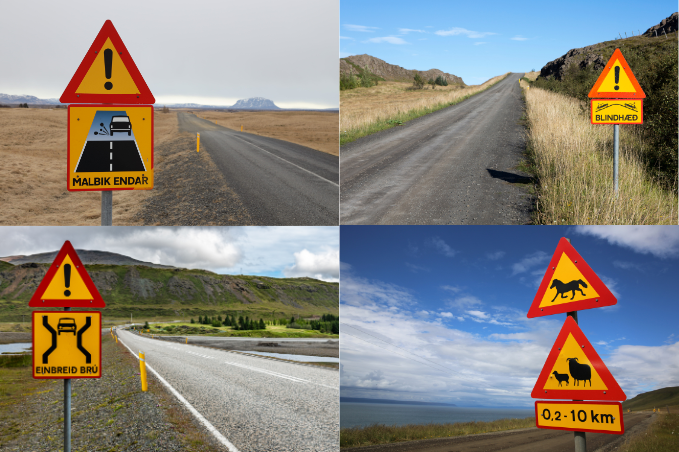
3. Be Prepared for Changing Weather
Iceland’s weather can change in an instant, so always be prepared. Wind, snow, and rain can impact visibility and road conditions, particularly in winter. Always check the weather forecast on SafeTravel.is or Safe.is, and adjust your plans if conditions are unsafe. You can also check the Icelandic Meteorological Office website here.
4. Driving in winter vs. summer
Driving in winter means dealing with icy roads and limited daylight. Ensure your car has winter tires and drive slower than usual. In summer, you’ll enjoy more daylight but might encounter loose gravel or dust clouds on roads like the F-roads in the Highlands. Learn the seasonal differences here. For summer driving click here. For winter driving click here.

5. Watch Out for Sheep and Other Wildlife
In Iceland, sheep outnumber people, and during spring and summer, they roam the countryside freely. It’s common to see them grazing by the roadside. If one sheep crosses, it’s safe to assume others will follow, so slow down and stay alert to avoid collisions. Horses are another animal to watch out for, especially in summer when farmers often herd them along paths near roads. Be cautious when driving past, as some horses may react unpredictably if spooked. In winter, roaming reindeer descend from the mountains in search of food and can sometimes wander onto roads, posing another potential hazard. Lastly, Iceland’s rich bird population adds another layer of excitement to driving here. Birds are especially active during spring and summer when migratory species arrive, so keep an eye out for feathered friends fluttering across your path.
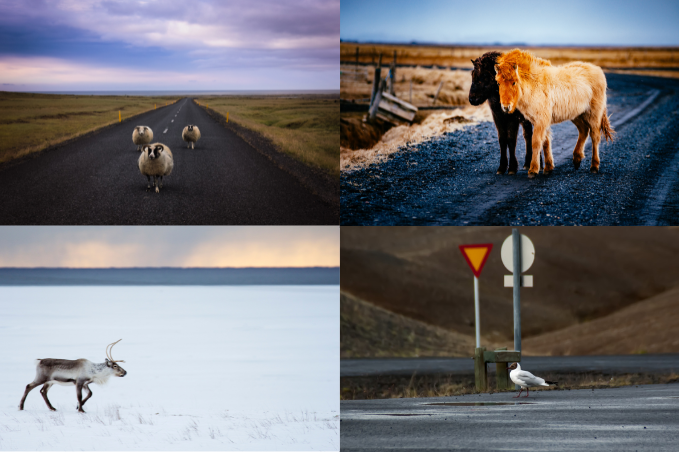
6. Never Stop on the Roadside
With so many beautiful sights, it can be tempting to stop and take photos. Always park safely in designated areas rather than on the roadside, as sudden stops can endanger you and other drivers.

7. Drive Within Speed Limits
Speed limits are strictly enforced in Iceland, with urban roads limited to 50 km/h, gravel roads at 80 km/h, and paved roads at 90 km/h. Be mindful of speed cameras, as fines can be steep.
8. Plan Your Fuel Stops
Gas stations can be sparse in remote areas, so plan your fuel stops ahead of time. Many stations offer self-service options that accept credit cards.
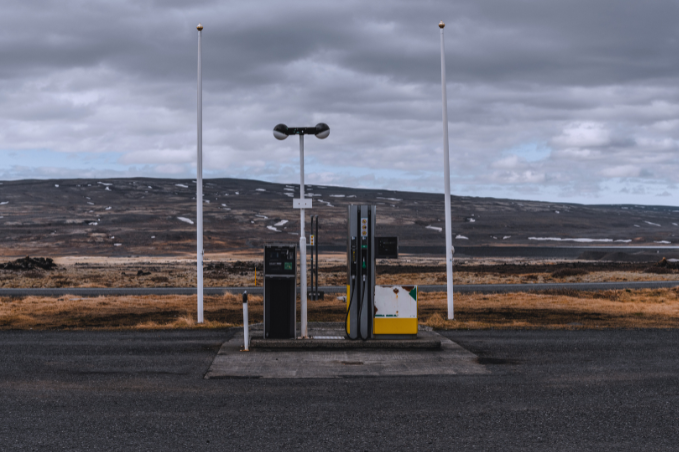
Exploring Iceland by car is an unforgettable experience. By following these tips and checking resources like SafeTravel.is or Visit Reykjavik, you’ll ensure a safe and enjoyable journey. If you’re planning to rent a car, you can conveniently do so through Center Hotels’ booking link here, making your adventure even smoother.
